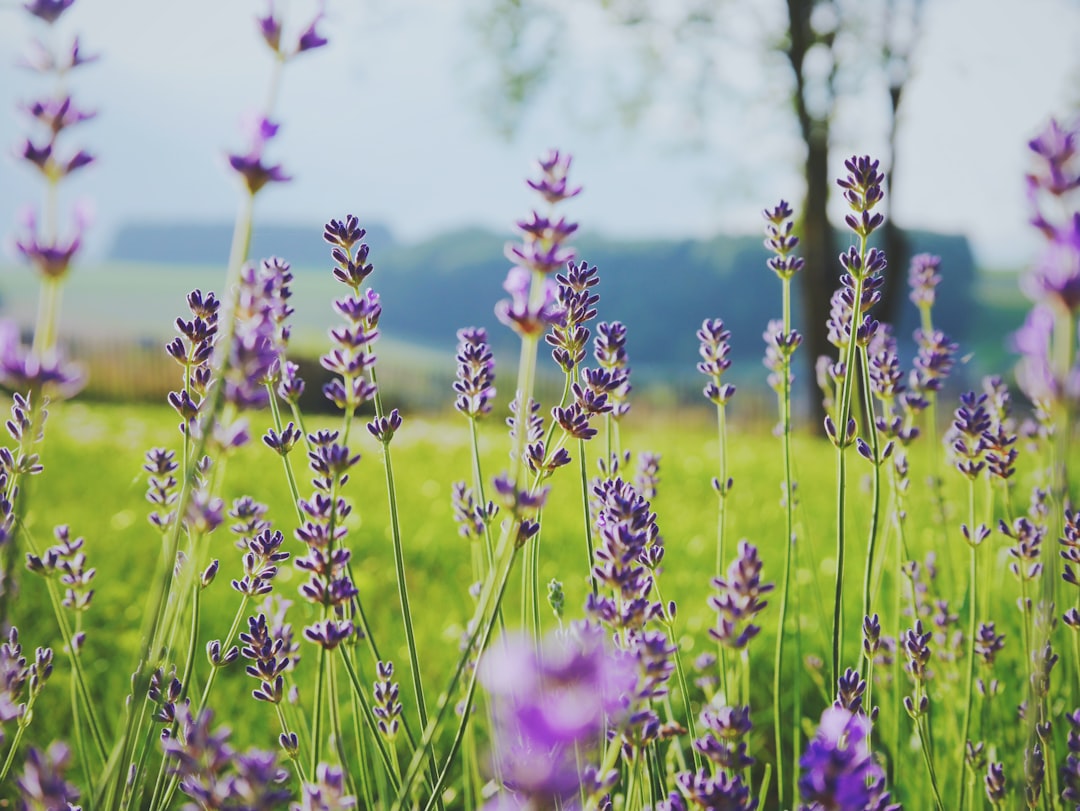When it comes to growing flowers, one of the first decisions you’ll face is whether to start from seeds or buy young plants (also called transplants). Each method has its advantages and drawbacks, and the best choice often depends on your goals, time, budget, and gardening experience.
Let’s dive into the pros, cons, and tips for success with both approaches so you can make the right choice for your garden.
Starting Flower Seeds: The Basics
Growing flowers from seeds can be a rewarding experience. It allows you to nurture plants from their very beginning and opens up access to a wider variety of flower species and cultivars.
Pros of Starting from Seeds
-
Cost-Effective: Seeds are significantly cheaper than buying plants. A single seed packet often contains enough seeds to fill an entire garden bed.
-
Wider Variety: Seeds offer endless options, including heirloom, rare, and exotic flowers that may not be available as transplants.
-
Control Over Growth: Starting seeds allows you to control every stage of growth, from germination to flowering.
-
Satisfying Experience: Watching a flower grow from a tiny seed to a full bloom is immensely gratifying.
Cons of Starting from Seeds
-
Time-Consuming: Growing flowers from seeds requires patience and time, especially for slow-growing species.
-
Delicate Process: Germinating seeds and caring for seedlings can be tricky, as they’re vulnerable to disease, pests, and environmental changes.
-
Space Requirements: Starting seeds indoors often requires grow lights, trays, and sufficient space.
Tips for Success with Seeds
-
Choose the Right Seeds: Pick flowers suited to your climate and growing conditions. Check the seed packet for planting instructions.
-
Start Indoors: For early blooms, start seeds indoors 6–8 weeks before the last frost. Use seed trays and a good-quality seed-starting mix.
-
Provide Proper Light: Place seedlings in a sunny window or under grow lights for 12–16 hours a day.
-
Harden Off Seedlings: Gradually expose young plants to outdoor conditions before transplanting them to the garden.
-
Direct Sow: For flowers like sunflowers and zinnias, which grow quickly, plant seeds directly into the garden once the soil warms up.
Buying Plants: The Basics
Purchasing established plants is a convenient and faster way to create a flower garden. This method is especially appealing to beginners or those with limited time.
Pros of Buying Plants
-
Instant Results: Transplants are already established, allowing you to enjoy blooms sooner.
-
Ease of Use: Skip the germination process and move straight to planting.
-
Higher Success Rate: Transplants are less fragile than seedlings, making them easier to grow successfully.
-
Time-Saving: Ideal for busy gardeners or those who missed the seed-starting window.
Cons of Buying Plants
-
Higher Cost: Transplants are more expensive than seeds, especially if you’re planting a large area.
-
Limited Selection: Nurseries and garden centers may only carry common varieties, limiting your choices.
-
Risk of Disease or Pests: Plants from commercial growers may harbor pests or diseases that could spread to your garden.
-
Transplant Shock: Moving plants from pots to garden beds can cause temporary stress to the plant.
Tips for Success with Plants
-
Inspect Before Buying: Choose healthy plants with vibrant leaves, no signs of pests, and well-established roots. Avoid plants that look wilted or root-bound.
-
Acclimate Before Planting: Allow purchased plants to adjust to your garden’s conditions by leaving them outside for a few days.
-
Plant with Care: Dig a hole slightly larger than the root ball, backfill with soil, and water thoroughly.
-
Fertilize Sparingly: Many purchased plants come pre-fertilized. Avoid overfeeding to prevent nutrient burn.
Which Method Should You Choose?
The right choice depends on your preferences, resources, and goals.
-
Choose Seeds If:
-
You’re on a budget.
-
You want to grow rare or unique flower varieties.
-
You enjoy the process of nurturing plants from scratch.
-
You have time and space to dedicate to seed starting.
-
-
Choose Plants If:
-
You want instant color and blooms.
-
You’re new to gardening and want a simpler option.
-
You’re working with a small garden or limited space.
-
You don’t have the time or resources to start seeds.
-
Can You Combine Both?
Absolutely! Many gardeners use a combination of seeds and transplants to get the best of both worlds. For example:
-
Start perennials and unique flowers from seeds to save money and enjoy variety.
-
Purchase annuals and faster-growing plants for immediate impact and reliable blooms.
Final Thoughts
Whether you choose to start flower seeds or buy transplants, the key to success lies in understanding your garden’s needs and providing proper care. Each method has its own rewards—seeds offer a sense of accomplishment and creativity, while transplants provide convenience and instant results.
By weighing the pros and cons and following the tips outlined here, you’ll be well on your way to a thriving, beautiful flower garden that reflects your unique style and preferences.
So, what will it be—seeds, plants, or a mix of both? Whichever you choose.

Comments
No comments yet. Be the first to comment!
You must be logged in to comment. Login